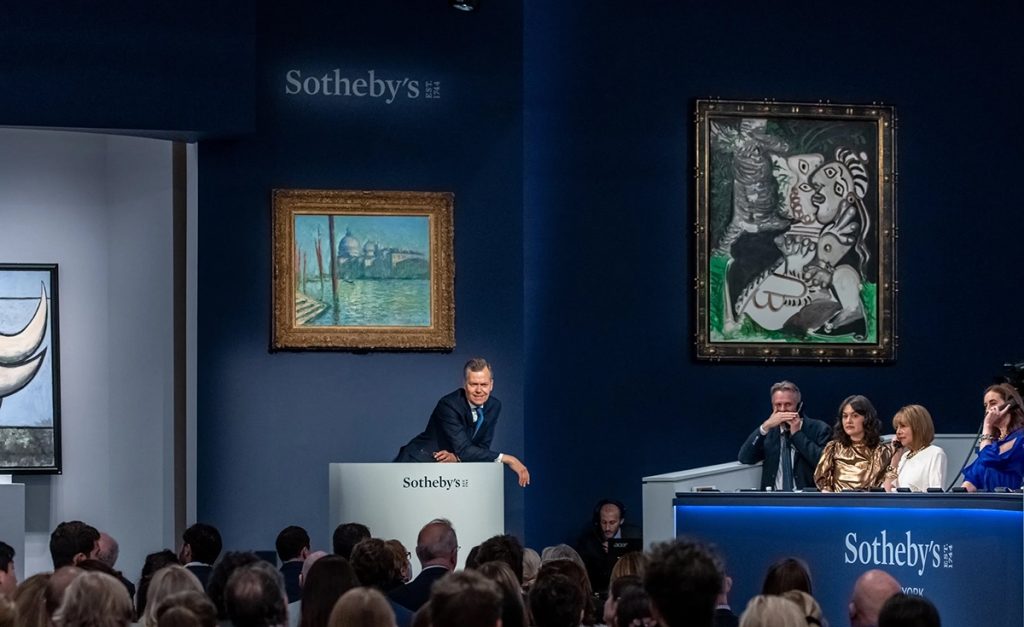When we think of art, we often imagine beauty, emotion, and culture. But art is also about value—both personal and financial. Over the past few decades, the art market has seen staggering prices paid for some of the world’s most celebrated paintings. These works are more than just paint on canvas; they are cultural treasures, symbols of prestige, and investments that reach into the hundreds of millions. Let’s take a closer look at the five most expensive artworks ever sold.
1. Salvator Mundi by Leonardo da Vinci — $450.3 Million
At the top of the list is Salvator Mundi, a portrait of Christ attributed to Leonardo da Vinci. Sold at Christie’s New York in 2017, the painting fetched a jaw-dropping $450.3 million, making it the most expensive artwork ever sold at public auction. Its journey has been as dramatic as its value, with debates around authenticity and restoration fueling fascination. Despite controversy, its sale confirmed da Vinci’s enduring hold on the art world.
2. Interchange by Willem de Kooning — $300 Million
Abstract expressionist Willem de Kooning’s Interchange sold in 2015 for $300 million in a private sale to hedge fund billionaire Kenneth Griffin. Created in 1955, the canvas represents de Kooning’s energetic style with bold brushstrokes and dynamic color fields. For many collectors, its record-breaking price reflects the importance of mid-20th-century abstract art in shaping modern culture.
3. The Card Players by Paul Cézanne — $250 Million
Paul Cézanne’s The Card Players is part of a series of five paintings depicting men quietly playing cards. One version was purchased by the Royal Family of Qatar in a private sale estimated at $250 million in 2011. Cézanne’s ability to capture everyday life while laying the foundation for modern art makes this work both historically and aesthetically invaluable.
4. Nafea Faa Ipoipo? (When Will You Marry?) by Paul Gauguin — $210 Million
Paul Gauguin’s Nafea Faa Ipoipo?, painted in 1892 during his time in Tahiti, showcases two women in traditional dress, rich in color and symbolism. Sold for around $210 million in 2014, the work reflects Gauguin’s fascination with Polynesian culture. Its price also highlights how collectors value pieces that bridge Western art traditions with non-European influences.
5. Number 17A by Jackson Pollock — $200 Million
American artist Jackson Pollock revolutionized painting with his drip technique, and Number 17A is one of the best examples of his radical approach. Sold privately in 2016 for about $200 million, the piece embodies the spirit of post-war American art. Its price underscores how Pollock’s once-controversial method became a symbol of creative freedom and artistic innovation.
Beyond the Price Tag
These five works reveal more than staggering numbers. They reflect shifts in taste, the rise of private collectors, and the global appetite for cultural icons. While the Mona Lisa in the Louvre is often called “priceless,” these record-breaking sales show that when it comes to art, value is as much about history and identity as it is about money.
The art market continues to surprise us, but one thing is certain: masterpieces will always capture both the imagination and the wallets of those who wish to own them.

